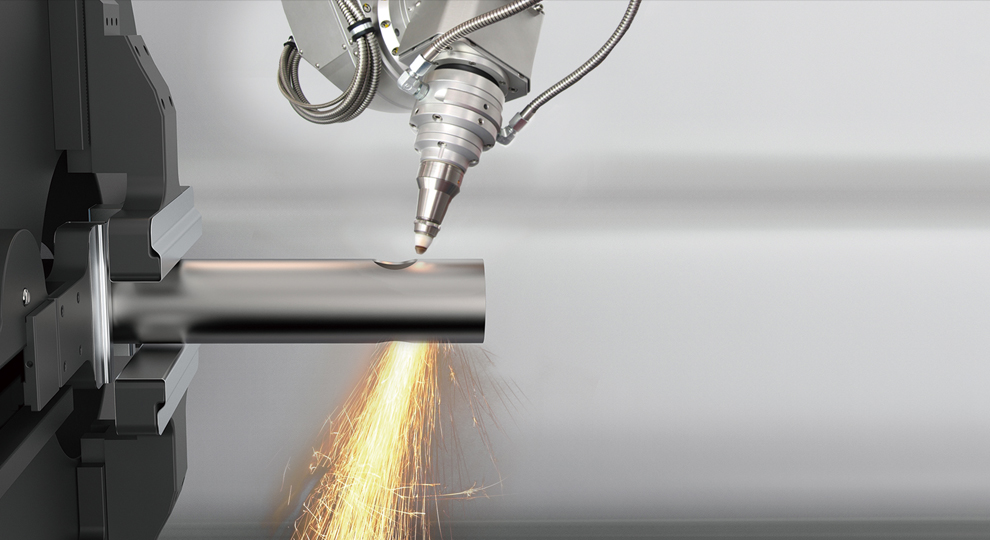Laser precision cutting has become increasingly pivotal in industrial manufacturing, due to its remarkable accuracy and efficiency. In this article, we will explore its significance and how it is transforming industries. It’s a fascinating process that offers numerous advantages over traditional cutting methods, and understanding its functions can provide valuable insights to manufacturers.

The Evolution of Laser Cutting Technology
The journey of laser technology from its invention to its widespread industrial application is impressive. Initially, laser cutting was reserved for high-end and highly specialized applications. Today, it has become more accessible, heralding a new era for industries relying on precision cutting.
Early Days of Laser Technology
The concept of using focused light for cutting emerged in the 1960s. These early days were marked by innovation and discovery as engineers worked to enhance the power and precision of laser beams.
Modern Precision Cutting Techniques
Today, laser cutting techniques have evolved significantly. You can learn more about modern advancements in precision cutting by visiting Overview of Modern Methods.
Benefits of Laser Precision Cutting
Understanding the benefits of laser precision cutting helps explain its growing popularity across various industries.
Accuracy and Precision
Laser cutting offers unmatched accuracy. It can cut materials with tolerances as fine as a fraction of a millimeter, making it ideal for intricate designs.
Speed and Efficiency
One of the significant advantages is the speed of operations. Lasers can cut through materials much faster than traditional methods, saving time and reducing production bottlenecks. Learn more about its efficiency at benefits.
Applications in Industrial Manufacturing
Laser precision cutting serves a multitude of sectors, each benefiting uniquely from its capabilities.
Automobile Industry
In the automobile sector, precision is critical. Laser cutting enables the creation of perfectly shaped parts and components, ensuring quality and compatibility.
Electronics and Aerospace
Fine precision is a necessity in electronics and aerospace industries, where even a slight deviation can lead to significant issues. Laser cutting ensures components are produced to exact specifications.
Custom Fabrication
Laser cutting is key in custom fabrication services. With the ability to follow complex designs, it provides tailor-made solutions for clients. For more on custom solutions visit methods.
Challenges and Considerations
Every technology faces challenges, and laser cutting is no exception.
Material Limitations
While laser cutting is versatile, certain materials, such as reflective metals, can pose challenges due to their reflective nature. Innovations continue to overcome these limitations.
Cost Implications
Initial setup costs for laser cutting systems can be high. However, long-term savings in efficiency and waste reduction often justify the expenditure.
Future of Laser Precision Cutting
The future looks promising with continuous advancements making laser cutting more accessible and efficient. With ongoing research, applications are expected to broaden further.
Integration with AI and Automation
The integration of AI and automation holds great potential for improving precision cutting processes, making them faster and more reliable.
Frequently Asked Questions
What materials can be cut using lasers?
Lasers can cut a wide range of materials, including metals, plastics, and even some ceramics. Innovations continue to expand the range of materials that can be efficiently cut using laser technology.
How does laser cutting compare with traditional methods?
Compared to traditional cutting processes, laser cutting offers greater precision, speed, and waste reduction. It produces cleaner cuts with minimal material wear.
Is laser cutting environmentally friendly?
Yes, laser cutting is considered environmentally friendly as it produces less waste compared to traditional methods. The precision of the cuts leads to fewer excess materials being discarded.

Conclusion
Laser precision cutting stands as a cornerstone in modern industrial manufacturing, offering notable improvements in accuracy, efficiency, and customization. This transformative technology is likely to continue its crucial role across industries.
This article contains affiliate links. We may earn a commission at no extra cost to you.

